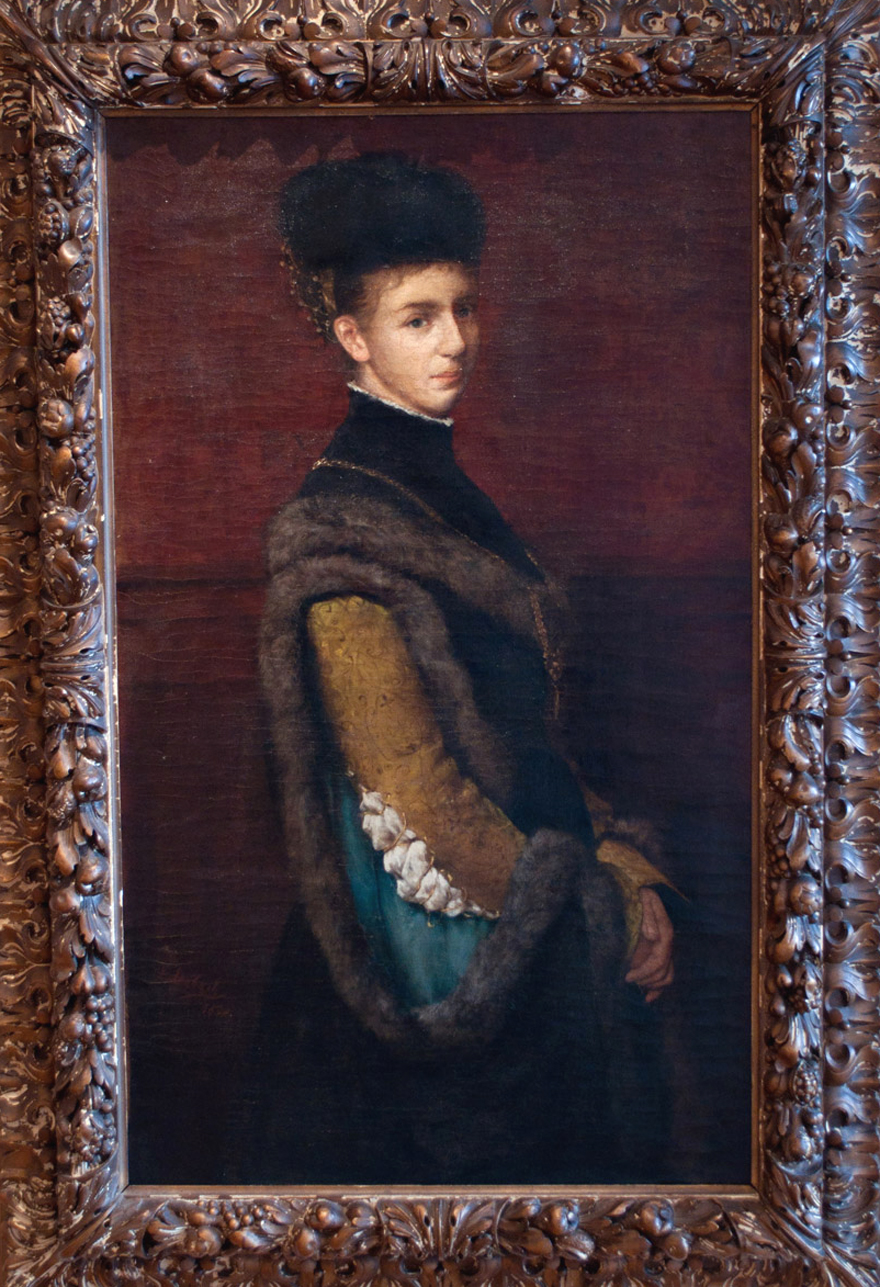Franz von Lenbach
(1836 Schrobenhausen – 1904 Munich)
Franz von Lenbach was the most famous Munich painter of the Wilhelminian time (“Gründerzeit”) portraying the high and money nobility as well as the intellectual aristocracy. As a social climber he was the prototype of an artist that enjoyed the lifestyle of a prince. The Lenbach villas in Munich and Starnberg that still exist today are proof of that. Lenbach transferred society’s striving for uniqueness and greatness in that era into his paintings. To emphasize the importance of the depicted personalities, he made use of dark colors that are reminiscent of old masters. After studying under Piloty, Lenbach went to Italy in 1858 where he created nature-orientated paintings in bright colors reflecting his preoccupation with “plein air”. In his later works he returned to a darker tonality.

 English
English Deutsch
Deutsch Русский
Русский